The sound card of a computer is the peripheral in charge of managing and controlling all the audio signals in and out of the system. If the sound compartment of your computer has problems or if you have recently installed a new sound card, you can check if it has been correctly detected by Windows and its working status.
Steps
Method 1 of 4: Windows 8
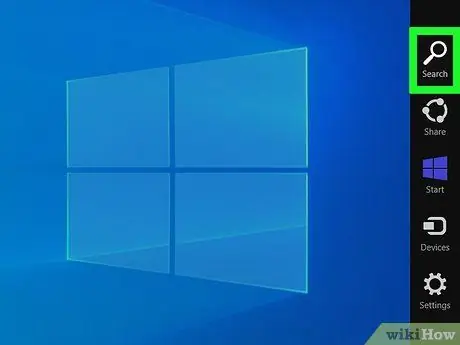
Step 1. Place the mouse pointer in the upper right corner of the Windows 8 "Start" screen
The search function will be displayed.
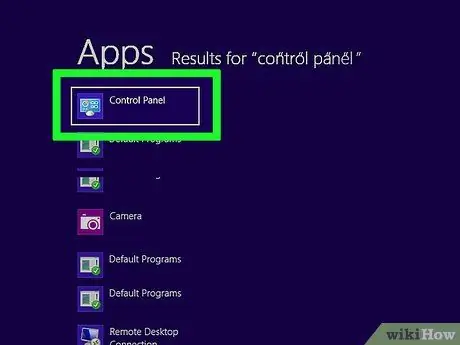
Step 2. Type the keywords "control panel" in the appropriate text field, then select the program indicated from the list of results that will appear
The Windows "Control Panel" window will appear.
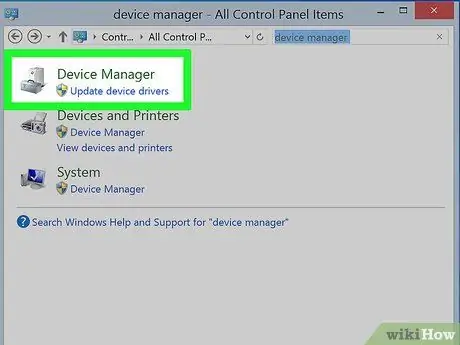
Step 3. Type the keywords "device manager" into the search field displayed at the top of the "Control Panel" window, then select the "Device Manager" option from the list of results that will appear
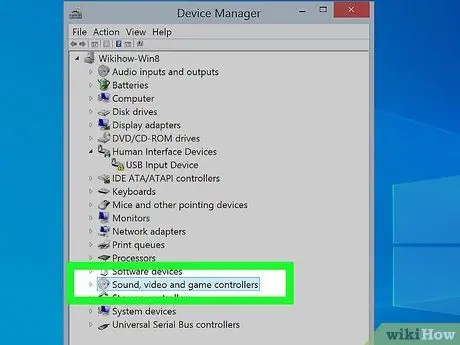
Step 4. Click on the "Sound, video and game controllers" item to expand the corresponding section of the list
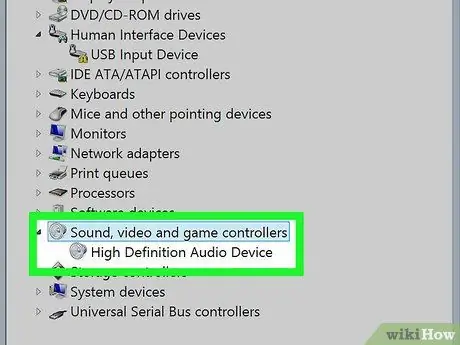
Step 5. Double-click the name of your computer's sound card
A new window will appear relating to the properties of the selected device.
If there is no card in the "Sound, video and game controllers" section, the system was unable to detect any audio devices. In this case you will have to investigate thoroughly to try to fix the problem
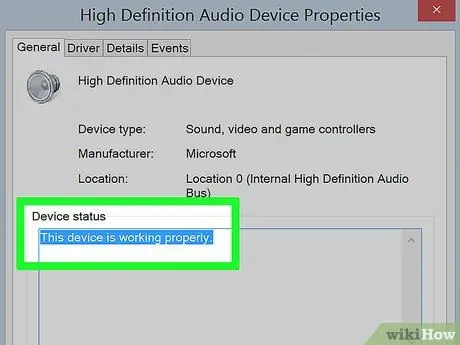
Step 6. Verify that the "Device is working properly" message is displayed in the "Device Status" box
If it is present, it means that Windows has correctly detected the sound card on your computer and that the device is working correctly.
Method 2 of 4: Windows 7 and Windows Vista
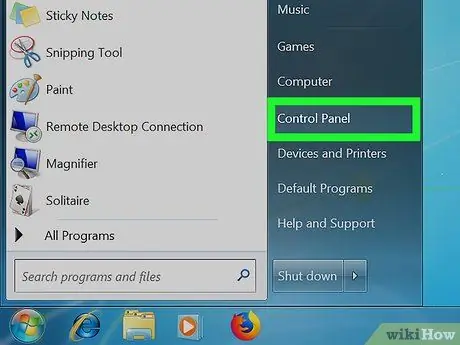
Step 1. Click on the "Start" button, then select the "Control Panel" item
The Windows "Control Panel" window will appear.
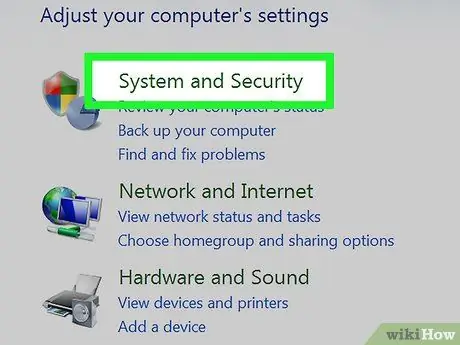
Step 2. Click on the "System and Security" category, then click on the "Device Manager" option
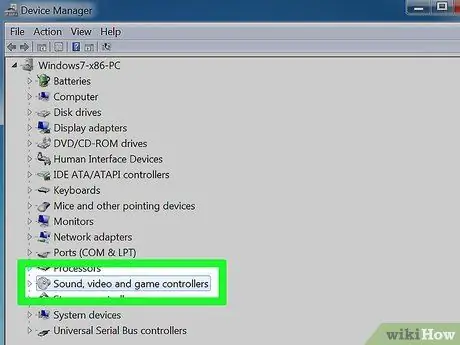
Step 3. Click on the "Sound, video and game controllers" item to expand the corresponding section of the list
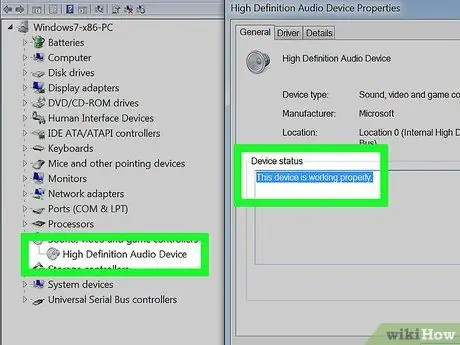
Step 4. Verify that the "Device is working properly" message appears in the "Device Status" box on your computer's sound card
In this case, it means that Windows has successfully detected the sound card on the computer and that the device is working correctly.
If there is no card in the "Sound, video and game controllers" section, the system was unable to detect any audio devices. If so, you will need to investigate thoroughly to try and fix the problem
Method 3 of 4: Windows XP and Windows 2000

Step 1. Click on the "Start" button, then choose the "Settings" item
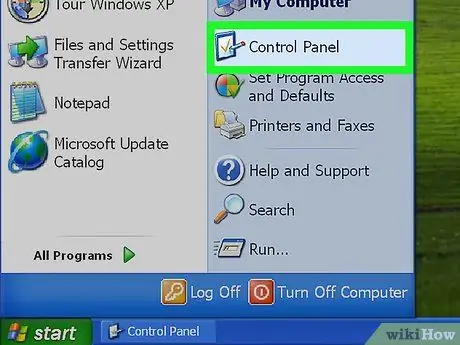
Step 2. Click on the "Control Panel" option
The Windows "Control Panel" window will appear.
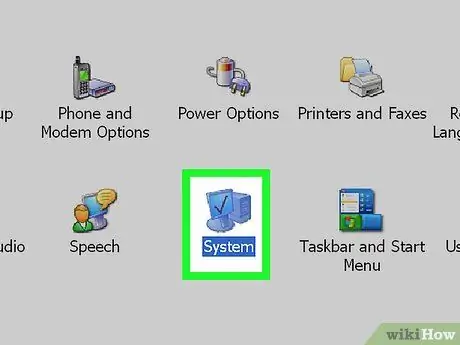
Step 3. Click on the "System" icon
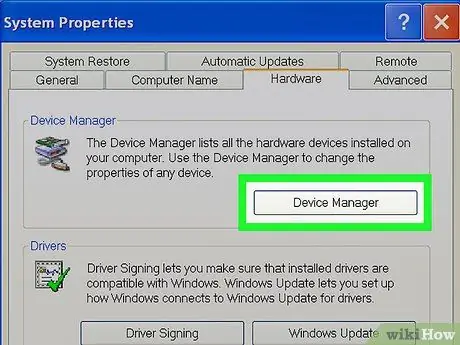
Step 4. Click the "Hardware" tab, then click the "Device Manager" button
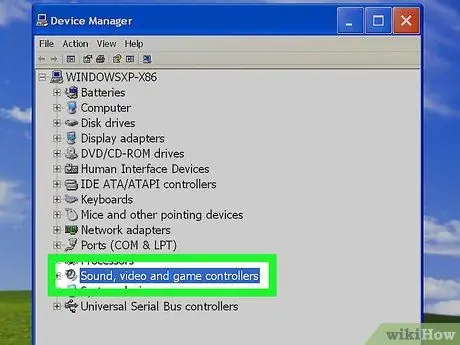
Step 5. Click on the "Sound, video and game controllers" item to expand the corresponding section of the list
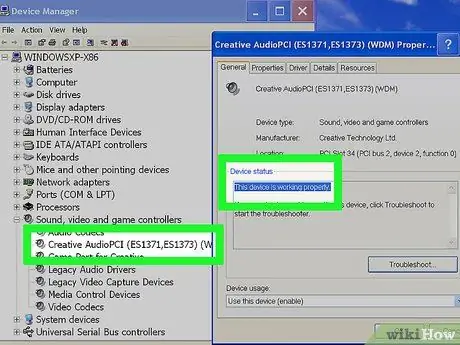
Step 6. Verify that the "Device is working properly" message appears in the "Device Status" box on your computer's sound card
If so, it means that Windows has successfully detected the sound card on your computer and that the device is working correctly.
If there is no card in the "Sound, video and game controllers" section, the system was unable to detect any audio devices. In this case you will have to investigate thoroughly to try to fix the problem
Method 4 of 4: Troubleshooting
Step 1. If you have recently purchased and installed a new audio device yourself, try installing it on a different slot on your computer's motherboard
In this way, you will be sure that you have inserted it correctly in its housing in case you have made some mistake during the first installation.
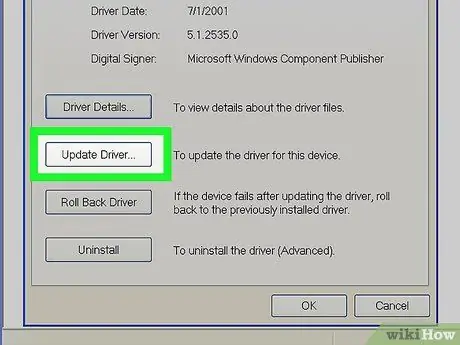
Step 2. Try updating the card drivers and computer BIOS if the audio device is not automatically detected
In some cases, the drivers that come with the card may not be up to date, as well as the BIOS of the computer.
Download the latest version of the card drivers directly from the manufacturer's website or contact your computer manufacturer if you need assistance updating the BIOS or sound card drivers
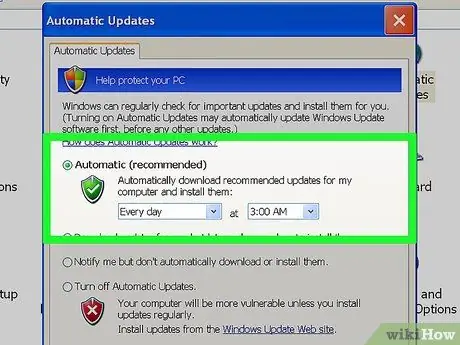
Step 3. Use the Windows Update feature to verify that all software installed on your system is updated correctly
In some cases, the sound card problem may be caused by the out-of-date operating system.
- Windows 8: Windows Update runs automatically.
- Windows 7 and Windows Vista: click on the "Start" button, search using the keywords "Windows Update", click on the "Check for updates" item, then select the option to install all available updates.
- Windows XP and Windows 2000: Click the "Start" button, select the "Programs" item, choose the "Windows Update" option, click the "Scan Now" button, then select the option to install all available updates.






